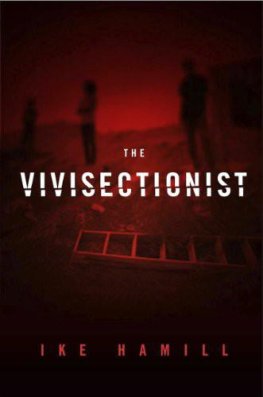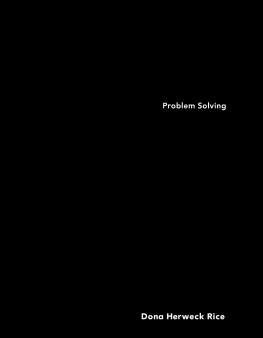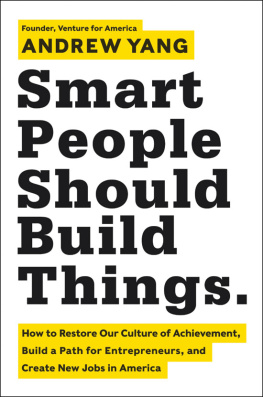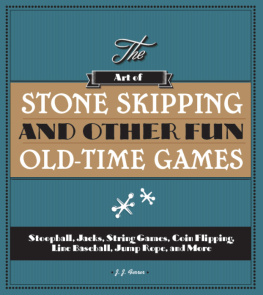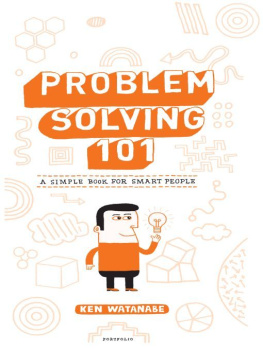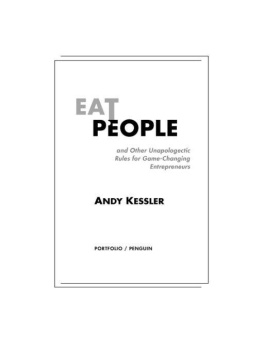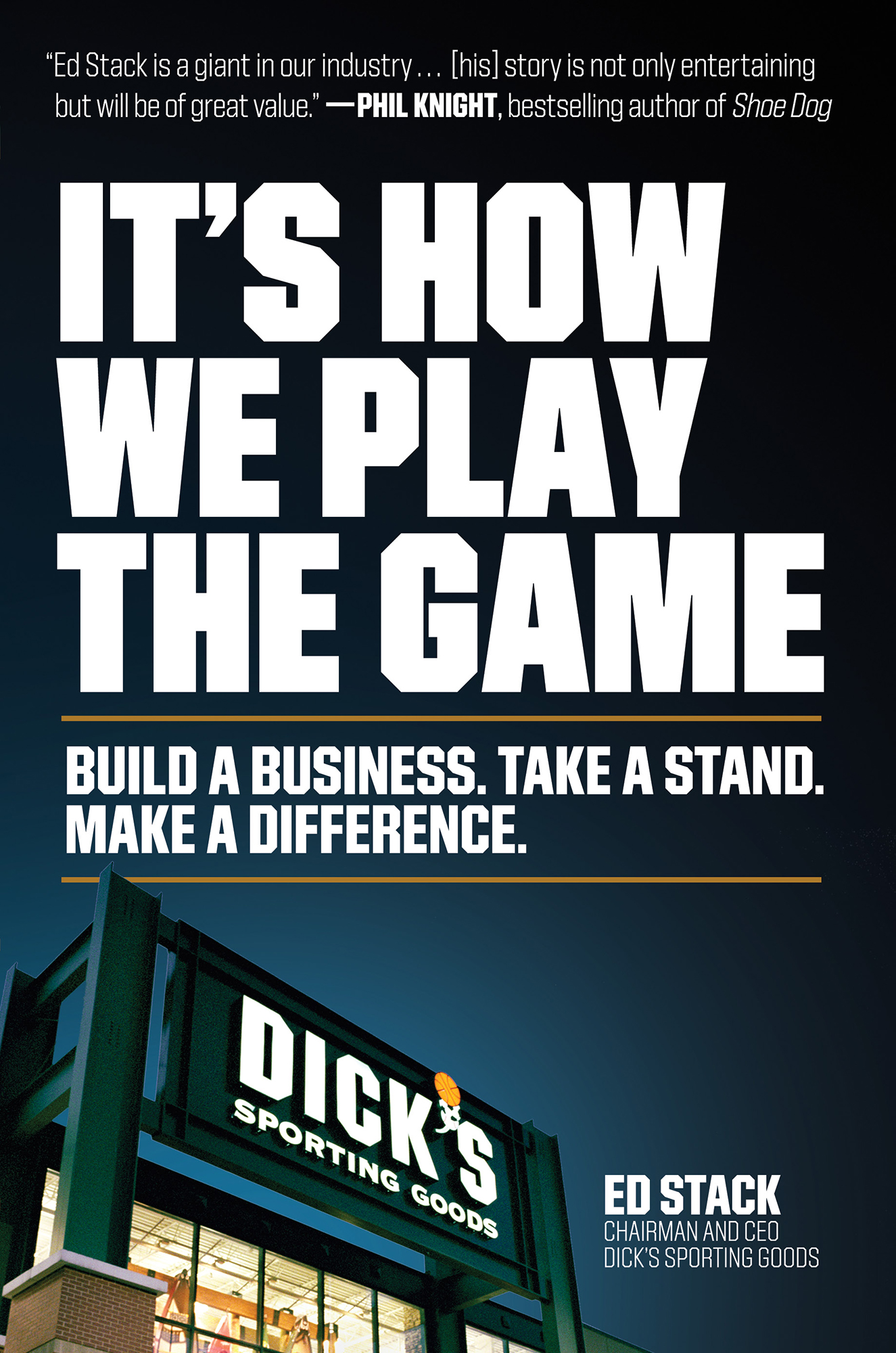More Praise for Its How We Play the Game
In Its How We Play the Game, Stack demonstrates that hes playing a different game than other retailers, moving past all the clichs about giving back and turning his support of local communities into a kind of killer app. Few recent business books are as well-told or as rich in takeaways.
Jim Rohr, former Chairman of PNC Financial Services Group
In Its How We Play the Game, Ed Stack makes the compelling case that leading with the values of sportslike hard work, teamwork, and selflessnessmatters in business, and most of all, society.
Adam Silver, NBA Commissioner
Ed Stack is not just a great entrepreneur running a big, successful business but a courageous American who is willing to stand up for whats right. And hes a talented author.
Gert Boyle, Chairman of Columbia Sportswear Company and author of One Tough Mother
Ed Stack has created one of the greatest retail emporiums. As this book shows, he is an entrepreneur, corporate steward, and leader of an engaged workforce, but first and foremost, he is always thinking about his customers.
John Idol, Chairman and CEO of Michael Kors
Paints a fascinating picture of a man who is a fulfilled leader Stacks name should be on the impressive roll call of men and women whose will to compete, and success in doing so, offers inspiration and wisdom.
Jay Monahan, Commissioner of the PGA Tour
An awe-inspiring story of overcoming obstacles If there were more people like Stack running companies, the world would be a better place.
Jimmy Dunne, Senior Managing Principal of Sandler ONeill & Partners
Thank you for downloading this Simon & Schuster ebook.
Get a FREE ebook when you join our mailing list. Plus, get updates on new releases, deals, recommended reads, and more from Simon & Schuster. Click below to sign up and see terms and conditions.
CLICK HERE TO SIGN UP
Already a subscriber? Provide your email again so we can register this ebook and send you more of what you like to read. You will continue to receive exclusive offers in your inbox.
In memory of my father, Richard John Dick Stack
INTRODUCTION
I t was midafternoon on Valentines Day when I heard an early news report about the school shooting. The particulars drifted in as I hurried my way through a pile of work that needed attention before I left for a long Florida weekend with my wife: students and teachers killed, number unknown. Panic in the halls. A gunman armed with an assault rifle. My first reaction was: Not again.
Id found myself thinking that too many times lately. Hadnt we all? Four months before, a lunatic had barricaded himself in a high-rise Las Vegas hotel, busted out his rooms window, and opened fire on a crowd of thousands gathered below for a country music festival. Hed snuck fourteen AR-15s, a type of assault-style rifle, into the hotel. Twelve were fitted with hundred-round magazines. It took him just ten minutes to kill fifty-eight people. Another eight hundred fifty-onean almost inconceivable numberwere wounded by his bullets or in the panic he created.
A month later, a twenty-six-year-old misfit walked into the Sunday service at a Baptist church in Sutherland Springs, Texas, and let loose with an assault rifle, killing twenty-six people and injuring another twenty.
In the few years before those shootings, thered been so many others: A June 2016 terrorist attack on a gay nightclub in Orlando that killed forty-nine and wounded fifty-three; the shooter there had used an assault-style rifle, too. A December 2015 attack by husband-and-wife terrorists on a San Bernardino County public health training event and Christmas party, which left fourteen dead and twenty-two injured. A July 2012 massacre in an Aurora, Colorado, movie theater. That same year, the brutal massacre at Sandy Hook Elementary School that claimed twenty-six children and faculty.
Mass shootings had become an all-too-familiar part of life in America. Their frequency seemed to be increasing. The number of dead seemed to ratchet upward with each new incident. And there seemed no end to it. No safe place left. And maybe worse, no one trying to deal with itour political leaders seemed to lack the will for meaningful action. Their response to these tragedies had become depressingly predictable. One side would decry the availability of guns and call for a clampdown. The other would trumpet its broad interpretation of the Second Amendmentin which any regulation, any safeguard, was seen as a constitutional breachand would drag out that old clich that guns dont kill people, people do.
As I listened to the news on February 14, 2018, more details emerged from Parkland, Florida. The gunman was a former student at the school. Thanks to the weapon hed chosen, a derivative of a rifle originally developed for military use, hed performed his slaughter with grim efficiency, killing seventeen people in little more than six minutes. I left the office in a deep state of melancholy, not only at the days news but, perhaps even more, at the realization that it would happen againthat this tragedy was a link in a chain that seemed without end. Somebody has to do something, I thought. This has to stop.
My wife shared my despair. On our way to Florida, Donna was as preoccupied with the shooting as I was, and we talked about little else. She was near tears. Somebody has to do something, we told each other. Somebody. Has. To do. Something.
Halfway through the flight, forty-two thousand feet over the Carolinas, I realized that somebody had to be me.
Because few people were better positioned for the mission. As the chairman and chief executive officer of Dicks Sporting Goods, Americas largest sporting goods retailer, I led a team whose annual sales of firearms were among the nations largest. We sold thousands of rifles, shotguns, and handguns from our nearly eight hundred big-box stores in forty-seven states. And in our thirty-five outdoors-oriented Field & Stream stores, we sold the very style of rifle used in Parkland, Florida, that Valentines Day, and in so many other mass shootings.
That made us part of the problem. But maybe, I thought, it could make us part of a solution, too.
What followed that epiphany would thrust me and the company into an emotional and, at times, even threatening national debate. My team and I did something that few retailers had dared to: we followed our consciences, even if that steered our company into short-term hardship. We took a stand that earned both applause and condemnation, and in the months since, my lifeand the lives of many Dicks employeeshasnt been the same.
The mass shooting at Marjory Stoneman Douglas High School wasnt the first occasion on which we encountered such a moment. Looking back, one can see that this tendency of Dicks to go beyond the traditional role of retailer and get involved with the communities of which its a partsometimes in a way that alters peoples lives for decadesis pretty ingrained. It all harks back to the stores embryonic days as a small family business in upstate New York. The companys founder, and the man for whom it is namedmy father, Richard John Stackrecognized that he couldnt prosper unless and until the city around him, and thus his customers, did too.
Dick Stack wasnt always a lovable man. There was nothing cuddly about him. He could be spiteful, prickly, and willfully hard to deal with. But in that belief about a companys relationship with its surrounding community, he was right.


